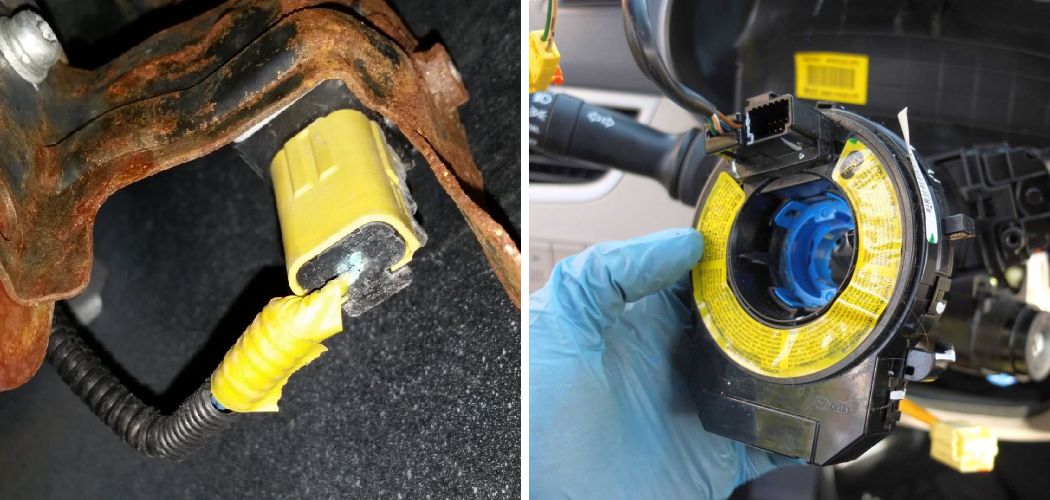Are you having problems with your airbag sensor? If so, then you’ve come to the right place! In this guide, we’ll review everything you need to know about fixing a faulty airbag sensor.
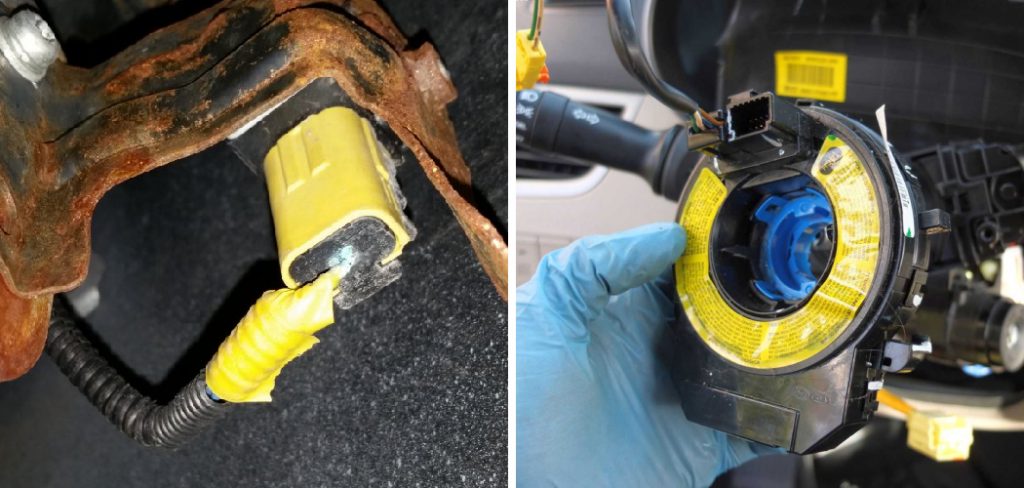
Airbag sensors play a critical role in ensuring the safety of a vehicle’s occupants by detecting collisions and triggering the deployment of airbags. Over time, these sensors may experience faults due to wear, damage, or electrical issues, potentially compromising their functionality. Fixing an airbag sensor not only restores the safety features of your vehicle but can also prevent costly repairs in the future.
This guide on how to fix airbag sensor will walk you through the steps needed to diagnose and address common airbag sensor issues, ensuring your airbag system operates as intended. Always prioritize safety and consult your vehicle’s manual or a professional technician if needed.
What Are the Causes of Airbag Sensor Failure?
There are several potential causes for airbag sensor failure. The most common include:
- Wiring or Connection Issues: A loose or damaged wire connecting the airbag sensor to the main electrical system can cause the sensor to malfunction.
- Faulty Sensors: Sensors can become worn out and need replacement over time.
- Impact from Accidents: In cases of severe impact, such as during a car accident, the airbag sensor may get damaged and require repair or replacement.
- Corrosion or Damage from Environmental Factors: Moisture, extreme temperatures, and other environmental factors can cause damage to the airbag sensor over time.
It’s important to regularly check and replace any faulty sensors to ensure the proper functioning of the airbag system in case of an accident.
What Will You Need?
- Replacement Airbag Sensor: This can be purchased from auto parts stores or dealerships.
- Wrench or Socket Set: These tools will be needed to remove and install the sensor.
- Owner’s Manual: Refer to your vehicle’s manual for specific instructions on locating and replacing the airbag sensor.
- Safety Precautions: When working with airbags, it is essential to take proper safety precautions, such as disconnecting the battery and waiting at least 15 minutes before beginning any work.
- Mechanic (Optional): If you are not comfortable with DIY repairs, seeking professional help from a certified mechanic is recommended.
Once the new airbag sensor is installed, testing it to ensure proper functionality is important. This can be done by turning on the vehicle and having a diagnostic tool connected to check for any error codes related to the airbag system.
8 Easy Steps on How to Fix Airbag Sensor
Step 1: Identify the Problem
Start by identifying the cause of the airbag sensor issue. This can often be determined using a diagnostic tool or code reader, which connects to the vehicle’s onboard computer system. The tool will scan and display any error codes related to the airbag system.
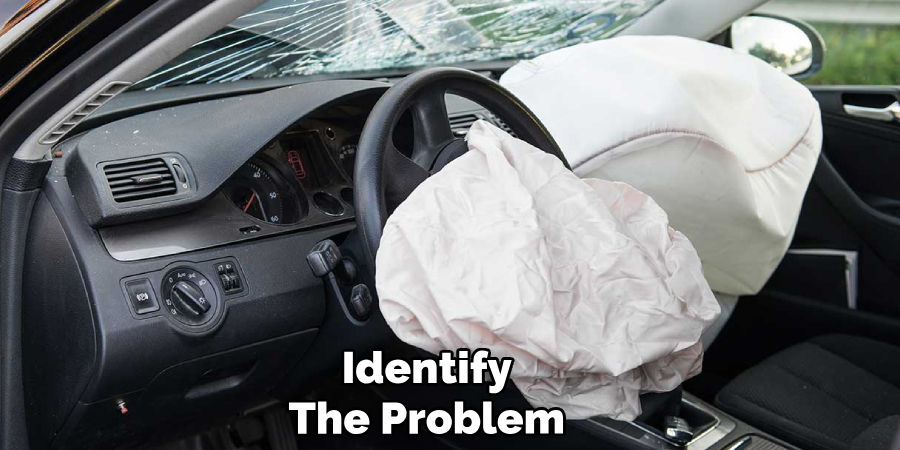
Once you have the error codes, consult your vehicle’s service manual or perform an online search to understand better what the codes indicate. Typical issues may include disconnected wires, a faulty sensor, or problems with the airbag control module.
Correctly diagnosing the problem is a crucial first step as it will guide you in deciding the best repair approach and prevent unnecessary work. Ensure the diagnostic tool is compatible with your vehicle for accurate results.
Step 2: Inspect the Airbag System Components
After identifying the error codes, visually inspect the components of the airbag system for any obvious signs of damage or wear. Check for disconnected or frayed wires, loose connectors, or corrosion at contact points.
Pay particular attention to the airbag control module and impact sensors, as they are commonly associated with airbag system malfunctions. If any components appear damaged, plan to replace or repair them according to the manufacturer’s guidelines.
Always disconnect the vehicle’s battery and wait several minutes before working on the airbag system to avoid accidental deployment.
Step 3: Use a Diagnostic Scanner
After visually inspecting the airbag system components, use a diagnostic scanner to identify any fault codes related to the Supplemental Restraint System (SRS). Connect the scanner to the vehicle’s OBD-II port and follow the prompts to scan for errors.
Record the diagnostic trouble codes (DTCs) and refer to the vehicle service manual for guidance on interpreting the results. The scanner can help pinpoint issues not visible during a physical inspection, enabling more accurate troubleshooting and repairs.
Step 4: Inspect the Airbag Wiring and Connectors
Inspect the airbag system’s wiring and connectors for any signs of damage, such as frayed wires, corrosion, or loose connections. Ensure that all connectors are securely attached and free from contaminants.
Pay special attention to areas where the cables pass through moving or tight spaces, as these locations are more prone to wear and tear If any issues are identified, repair or replace the damaged components by the vehicle service manual.
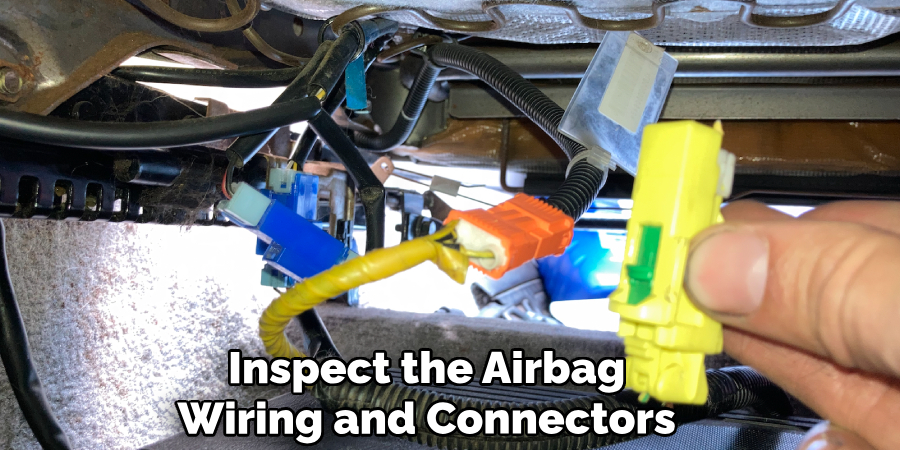
Proper inspection and maintenance of the wiring can prevent further malfunctions and ensure the airbag system operates reliably.
Step 5: Check the Airbag Indicator Light
Turn the vehicle’s ignition to the “ON” position and observe the airbag indicator light on the dashboard. The light should illuminate briefly and then turn off, indicating that the system is functioning correctly.
If the light remains on or flashes, it signals a potential issue within the airbag system. Refer to the diagnostic trouble codes (DTCs) using a scan tool compatible with the vehicle’s onboard diagnostics system to identify the problem.
Address any identified issues promptly, following the guidelines in the service manual to maintain safety and system integrity.
Step 6: Regular Maintenance and Inspections
Regular maintenance and inspections are crucial for ensuring the reliability and longevity of the airbag system. Start by routinely checking the airbag warning light to ensure it behaves as expected during vehicle startup.
If the light fails to illuminate or remains on, address the issue promptly to avoid compromising passenger safety. Additionally, inspect the system’s electrical connections and wiring for signs of wear, corrosion, or damage, as these can interfere with the proper deployment of the airbags in the event of an accident.
It’s also essential to verify that the vehicle’s sensors and modules function correctly, as they play a vital role in detecting collisions and triggering the airbag system. Consult the service manual for recommended inspection intervals and detailed procedures, and always replace any damaged components with manufacturer-approved parts to maintain compliance and system performance.
Regular care helps maximize safety and ensures the airbag system operates effectively when needed.
Step 7: Replace the Airbag System
Replacing the airbag system if it displays any signs of damage or malfunctions is crucial. This could include warning lights on the dashboard, unusual sounds or smells, or a faulty deployment during testing. Do not attempt to repair or modify the airbag system yourself, as this can be dangerous and may cause the system to malfunction in an accident.
Consult with a certified mechanic or dealership for proper replacement procedures, and use only manufacturer-approved parts. Failure to do so may result in inadequate protection during collision events.
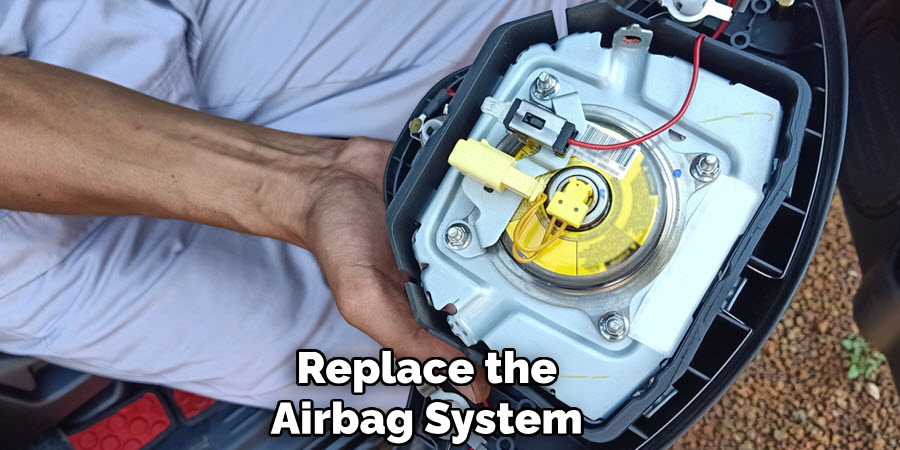
Step 8: Educate Yourself on Safe Driving Habits
Understanding and practicing safe driving habits is essential to prevent accidents and ensure the safety of everyone on the road. Always remain attentive and avoid distractions like using smartphones or other electronic devices while driving.
Adhering to speed limits and adjusting your speed according to road conditions can significantly reduce the likelihood of losing control of your vehicle. Remember to maintain a safe following distance to allow ample time to respond to unexpected situations. Wearing your seatbelt at all times and ensuring that passengers do the same is a simple yet critical habit that can save lives in a collision.
Regularly reviewing defensive driving techniques and staying informed about changes to traffic laws can further enhance your ability to drive safely and responsibly.
By following these tips and continuously practicing safe driving habits, you can protect yourself on the road and contribute to creating a safer environment for all drivers.
5 Things You Should Avoid
- Ignoring the Owner’s Manual
Avoid fixing the airbag sensor without consulting your vehicle’s owner’s manual. This document contains instructions and warnings about your car’s safety systems and should always be your first reference.
- Using Improper Tools
Never use non-specialized tools when working on the airbag system. Airbag sensors are delicate components, and incorrect tools can easily damage or cause improper installation.
- Working Without Disconnecting the Battery
Always disconnect the car battery before handling the airbag sensor. Failing to do so can unintentionally trigger the airbag, which is dangerous and costly to repair.
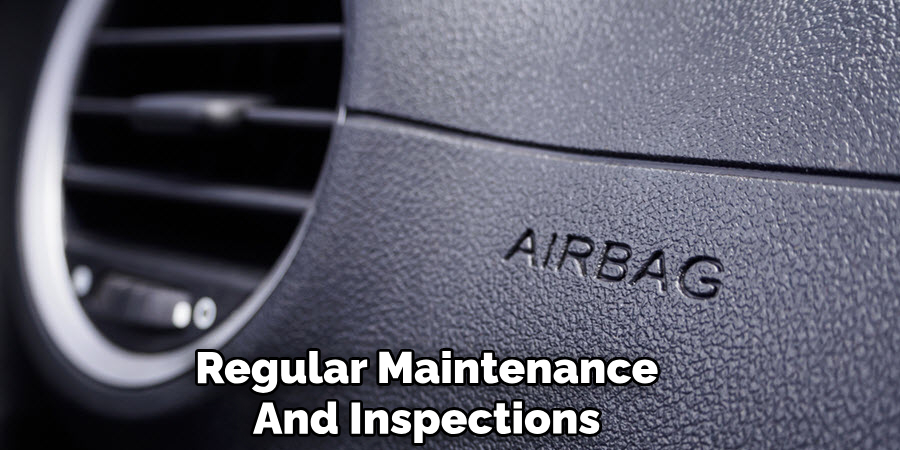
- Ignoring Error Codes
Do not dismiss error codes displayed by the vehicle’s diagnostic system. These codes are crucial for identifying specific issues with the airbag sensor and should be addressed with proper equipment or professional assistance.
- DIY Repairs Without Proper Knowledge
Avoid performing DIY fixes on the airbag sensor if you are unfamiliar with automotive safety systems. Attempting repairs without adequate knowledge or training can lead to faulty functionality, putting you and others at risk. Always seek professional assistance if unsure.
Conclusion
How to fix airbag sensor requires a careful and methodical approach due to its importance in vehicle safety systems.
Begin by diagnosing the issue with the help of an OBD-II scanner to retrieve error codes, which can provide insights into the specific problem. If the issue is minor, such as a loose connection or dirty sensor, these can often be resolved with basic maintenance following the manufacturer’s guidelines.
However, it is crucial to consult a qualified mechanic or professional technician for complex issues or if you lack expertise. Avoid tampering with the airbag system without the proper tools or knowledge, as this can compromise the vehicle’s safety.
Prioritize professional inspections and follow safety protocols to ensure the airbag system functions reliably.

